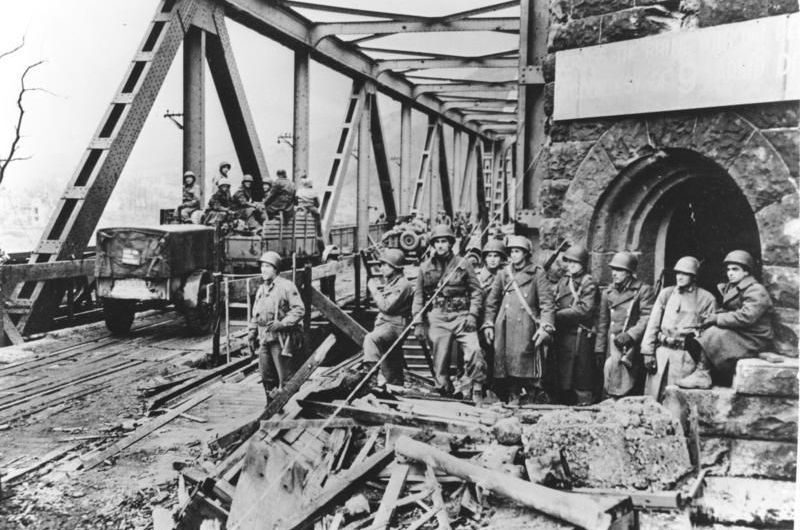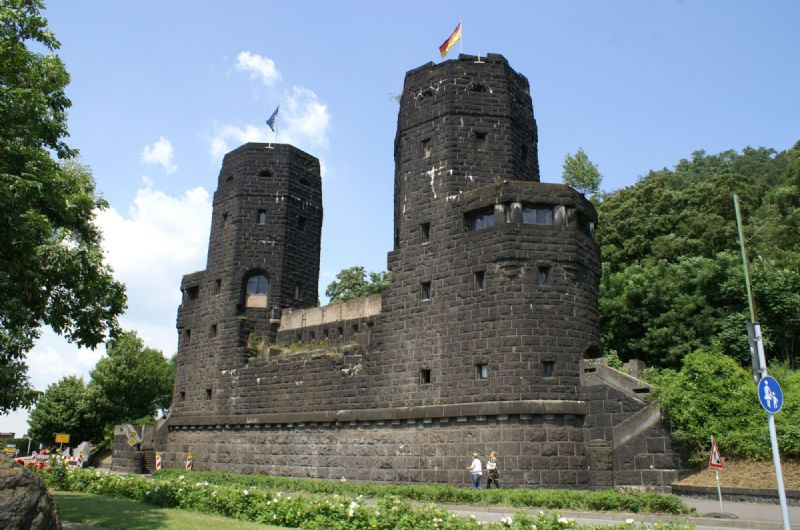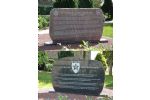Remagen bridge
- 10
- See on map
On March 7, 1945, faced with the rapid advance of the Allies, the Kampfkommandant of Remagen, reserve Hauptmann (captain) Bratge, who then had only 36 soldiers under his command, wanted to blast the bridge as quickly as possible. Troops of the 1st US Army were already bypassing Remagen to the north and south, in the belief that blasting of the bridge was imminent. Some of the civilian population had taken refuge in the railway tunnel that ran alongside the bridge on the right bank of the Rhine. Major Scheller of the 67th Corps headquarters, who had been given command of the bridge during the night of March 6-7, wanted to keep it intact for as long as possible, to allow as many retreating German soldiers as possible to use it and take with them heavy equipment, some tanks and guns. This state of affairs created confusion among the Germans, as Hauptmann Bratge was not informed of Scheller's assumption of command until around 11 a.m. on March 7. At the same time, the engineer officer in charge of the bridge, Hauptmann Friesenhahn, who had requested 600 kg of explosive for military use, received only 300 kg of donarite, a much less powerful substance. Nevertheless, he tried to use it for a quick blast on the right-hand side of the riverbank. It was then that scouts from the American 9th Armored Division, under the command of Lieutenant Karl H. Timmermann, came close to the bridge, which was still completely intact. Completely taken by surprise, Timmermann immediately informed the commander-in-chief of the 9th US Armored Division's Battlegroup, General Hoge. Hoge ordered an immediate attack and the capture of the bridge. At 1.40pm, the Allied offensive began. As the situation became untenable, the Germans, who set off some of the explosive charges, attempted to blast the bridge for the first time, but the only result was a 10-metre diameter crater in the deck on the left bank. At 3.40 p.m., Major Scheller ordered another blast, but the bridge remained standing after the explosion, as one of the firing cables had been destroyed in the fighting. The Allies succeeded in taking control of the bridge, and over the next 24 hours, 8,000 soldiers crossed the bridge to the east bank of the Rhine. This conquest, in which Belgian and British soldiers also took part, went down in the annals of military history as the "Remagen Miracle". General Eisenhower instructed the Commander-in-Chief of the 12th US Army Group, General Bradley, to transfer as many divisions as possible to the other side of the Rhine, even if this altered his original plan. He is said to have exclaimed, "This bridge is worth its weight in gold". Source Wikipedia









